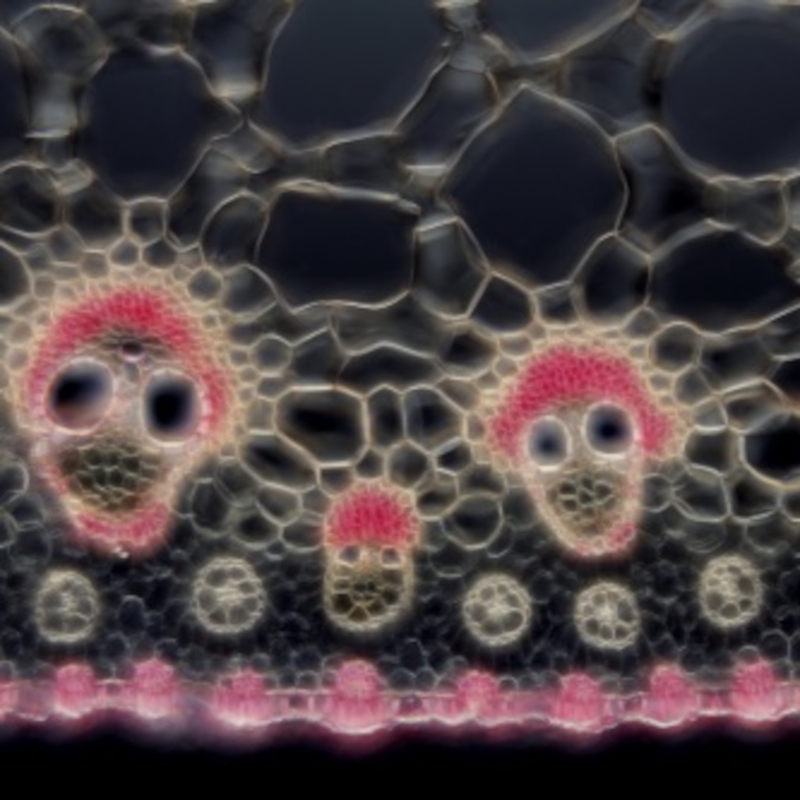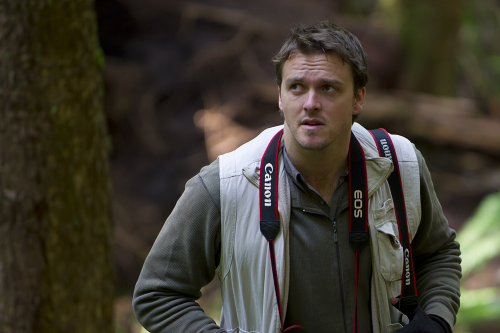Last week we revealed the winners of our first ever photography competition, and on Thursday we’re hosting an event to celebrate, discuss and exhibit the winning images.

How did you get into photography?
David: About 12 years old I bought an old camera at a local Jumble Sale in St Andrews, Scotland.
Neil: Photography has been in my family for generations. I can’t really remember a time when I didn’t have a camera, and growing up in Africa made it very easy for me to combine photography with my passion for wildlife and conservation.
What’s been the highlight of your career so far?
D: Being named European Wildlife Photographer of the Year 2008, and being the outright winner of the International Images for Science Awards, 2015.
N: My African wild dog story. It was quite a challenge as a young photographer new onto the scene trying to tell the story of a species few people know about or care about, but the hard work I put in to turning it into a book and raising funds for conservation opened all kinds of doors to further commissions and recognition.
Do you have a favourite subject to photograph – what’s been the most entertaining, interesting or challenging?
D: I like to get close to my subject – so anything that lets me get as close as I want, usually small things, especially neglected invertebrates and plants.
Most entertaining… when I realised I was no good at long-lens, classic wildlife action photography… I had set myself up perfectly (complete with 400mm lens) to capture the ‘perfect moment’ of Proboscis Monkeys jumping into a river in Kalimantan – I missed the moment every time!
N: My current fox story has been a real pleasure to work on so far because of the unexpected twists and turns and new opportunities that come about on an almost daily basis. Everyone in the UK has THEIR fox story – whether it’s a fox that dens under their shed or one that eats their chickens, and people have been really open and willing to share their relationship with foxes with me.
What about location – where’s the best place in the world that you’ve taken photos?
D: Any jungle! – I especially favour the Royal Society’s research facility at Danum Valley, Sabah, Malaysian Borneo. Gabon in West Africa and Costa Rica too.
N: Northern Botswana, from the Okavango Delta, through Selinda and across to Chobe. Nothing else comes close. The wildlife is phenomenal, the people are wonderful and the weather’s good. It’s a simple formula really!
To you, what makes a great photo?
D: Showing me, in a beautiful way, something that I did not know.
N: A great photo is the coming together of various elements – good planning or foresight to see a picture before it happens, good in-camera technical execution, capturing a moment or the relationship between two elements of the picture (between two subjects, the subject and the photographer or the subject and its environment). And finally and most importantly, integrity. Not just as in a technically faithful representation of reality but also in a way that the viewer can trust that the picture was taken in ethical circumstances.

What are your top three tips for taking photographs?
D: Subject. Composition. Lighting.
N: 1. Be patient, both in the field and in your career. 2. Always put your subject before your need to get the shot. 3. Never stop learning.
The Royal Society Publishing photography competition was launched earlier this year by two of the Society’s biological sciences journals: Proceedings of the Royal Society B and Biology Letters. It is part of the programme of events celebrating the 350th anniversary of Philosophical Transactions of the Royal Society, the world’s longest running scientific journal. For more information and details about the event please visit our website.

